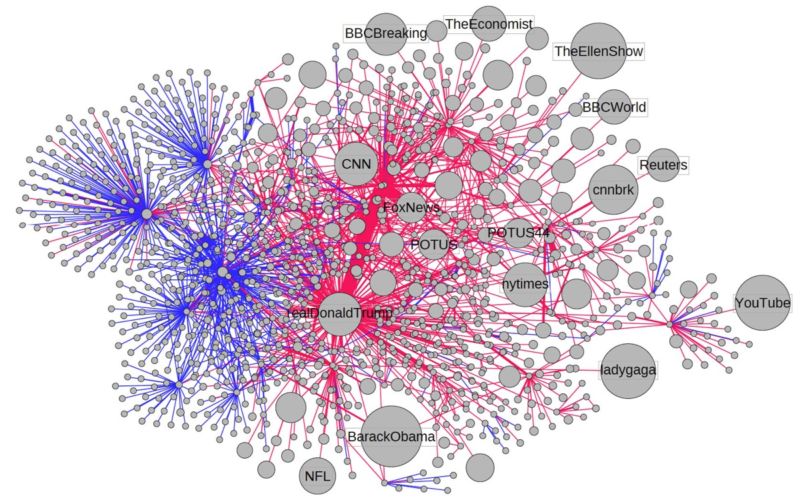How News Spreads
February 5, 2022
News is an important part of society. Whether people get it from television networks or their friends. News is an important way to keep people in the loop. But, how information spreads and what factors affect its spread is still an active field of research. Hopefully, an understanding of this research will give students a better insight into why things become viral and help halt rumors.
Information spreads through people communicating with other people; this is a given. People can be spreading information for many reasons: they find it neat, it’s trending, it is their job, etc. These people who actively spread the news are connectors and they are essential to spreading ideas from one group to another. Without connectors, the growth of news can often be stunted and trapped in the group it was discovered. This can be seen with Log4j, a computer exploit that went its rounds in the programming community for its danger but is practically unheard of to the public. Connectors are essential to spreading information and when that information seems doubtful it is important to ask why the connector is spreading it.
Two questions that have yet to have been pinned down are: what makes people want to spread information and why does some news spread faster (why do they become viral). These questions are still under immense discourse, though a study from MIT shows promise. The researchers found that false news travels faster and more broadly than the truth. They state that more research is required but the researchers’ theory is that novelty is more likely to be shared. Another study, from the Journal of Marketing Research, found that articles containing arousing emotions such as anger or awe are more shared (viral) than sad or dejecting articles.
As with most scientific endeavors, two studies aren’t definitive proof. But, they both allude to the idea that cool or neat news is usually more viral than other news. For me, this is the definitive and logical reason news is shared because it’s neat.
What to do with this knowledge?
False news is a common occurrence on the internet. False news is engineered to be spread, so if news seems way too novel; take a pause. The pause is an amazing tool in identifying fake news. The essential and often hard part is remembering to take a pause and think. Hopefully, the knowledge that neat things are more viral and that false news will capitalize on this will give students pause, to think twice before they press re-tweet.

